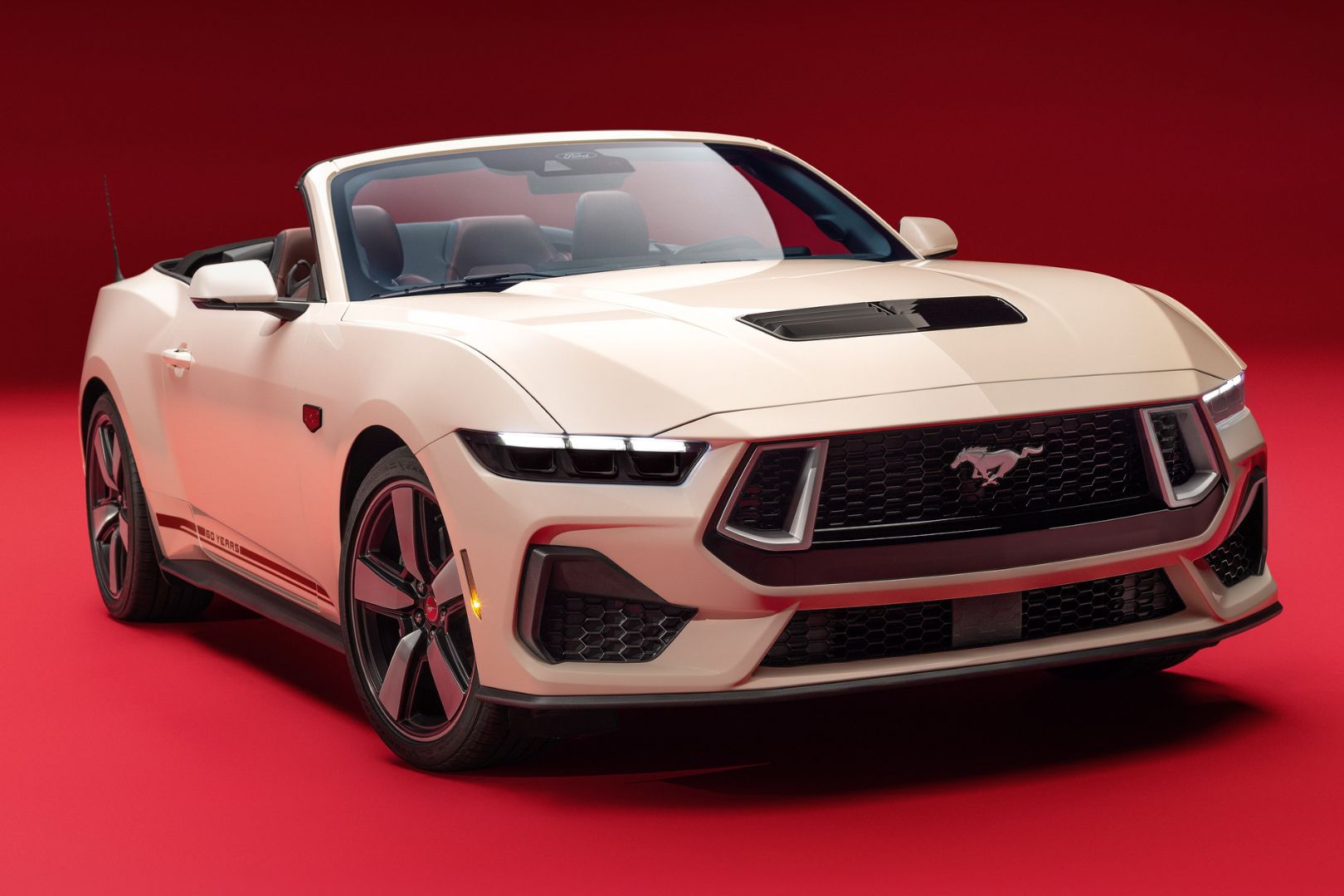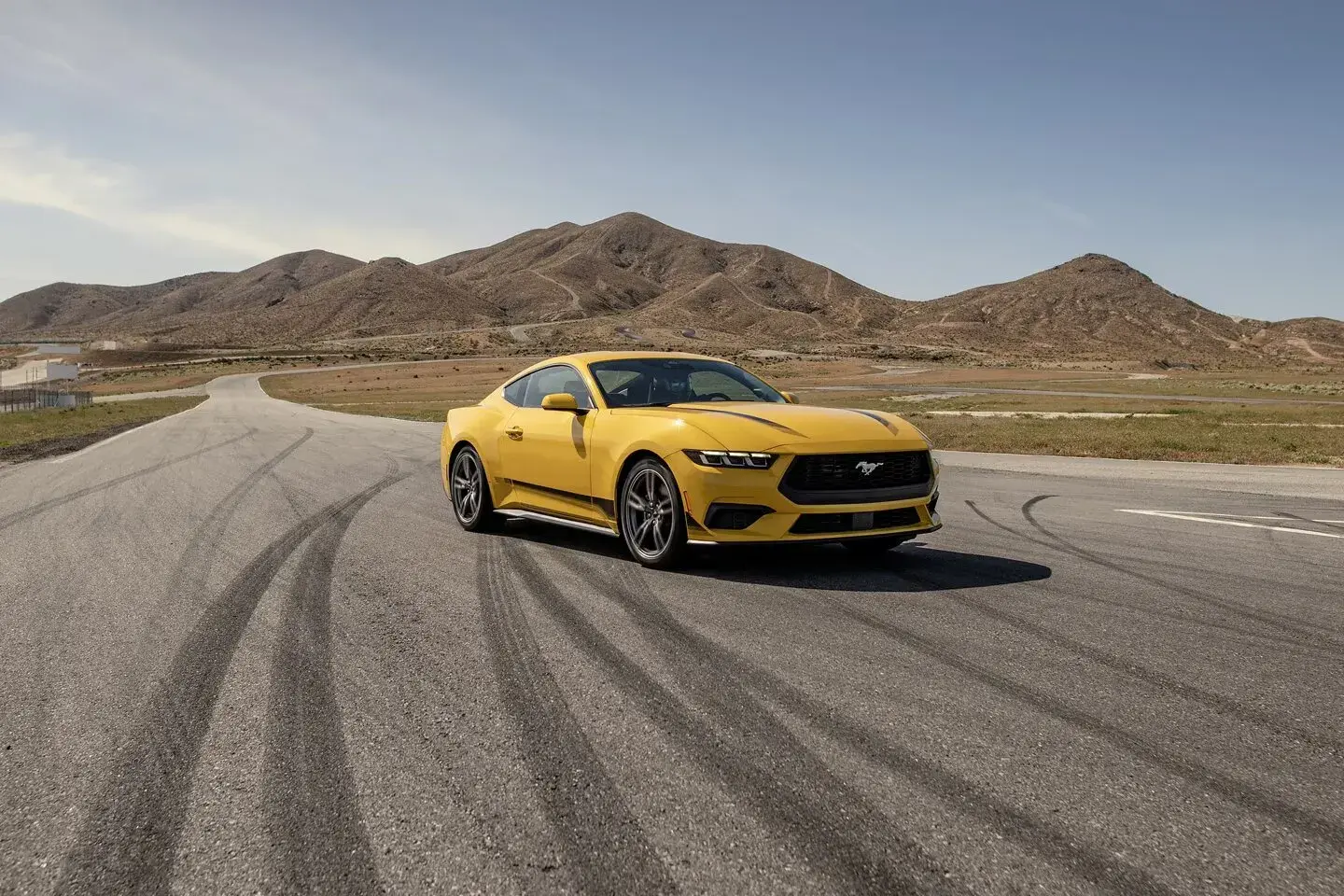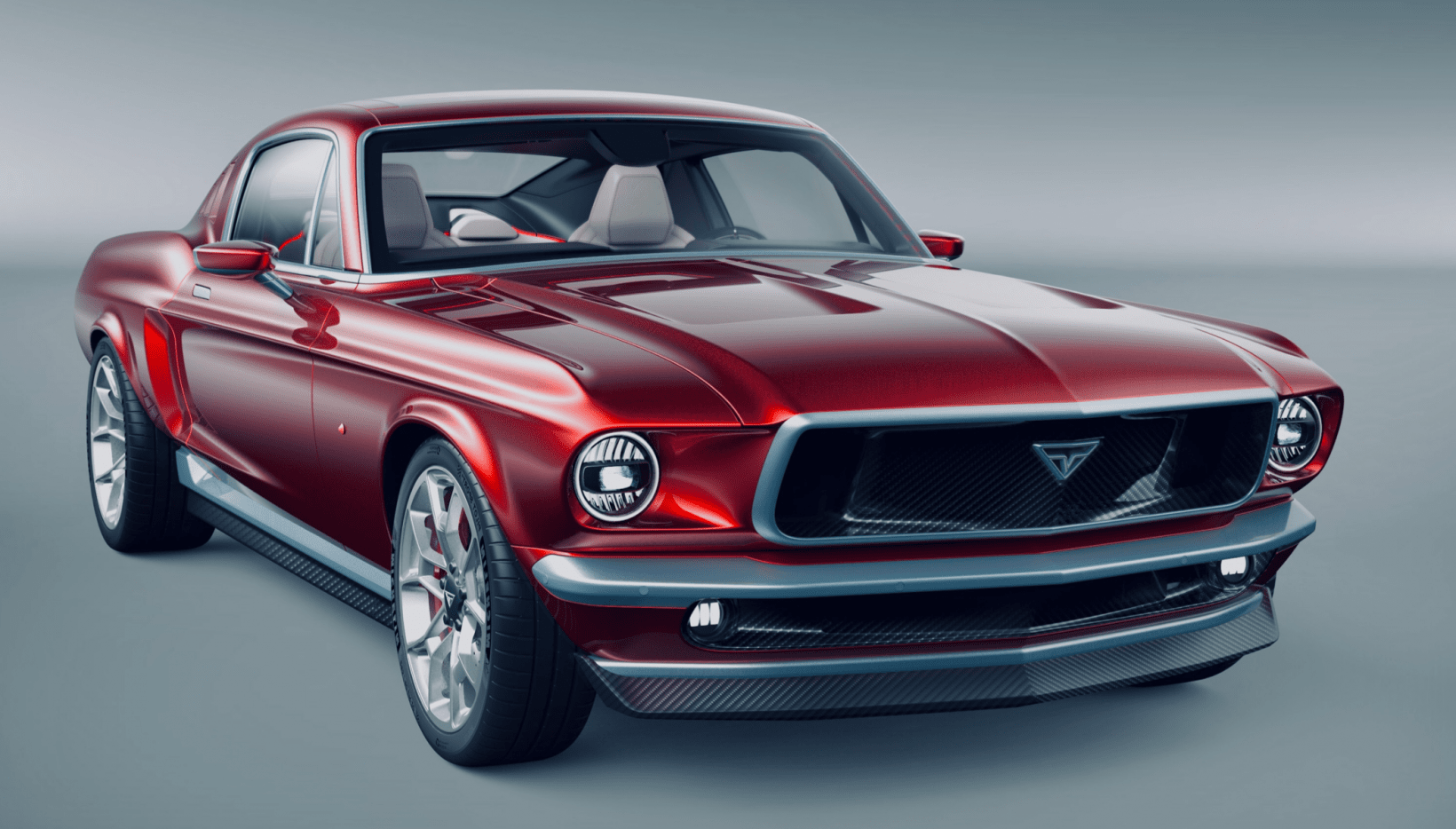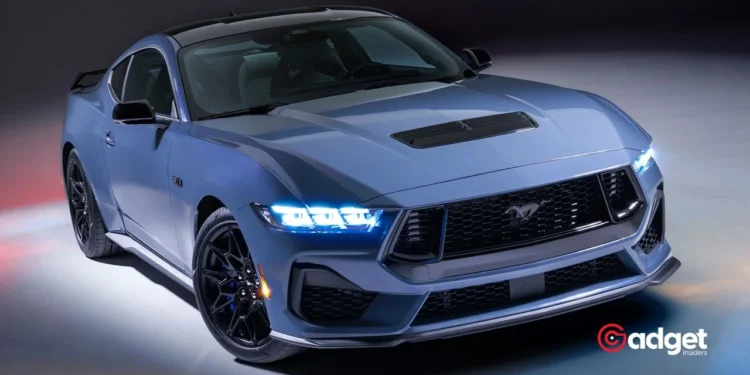Jim Farley, CEO of Ford, recently shared insights into the future direction of one of the automotive world’s most iconic models, the Ford Mustang. As the Mustang celebrated its 60th anniversary, Farley made it clear at the Goodwood Member’s Meeting that while innovation is on the horizon, some traditions—like the classic V8 engine—are here to stay. “We will never build a Mustang that isn’t a Mustang,” Farley asserted, emphasizing that the essence of the Mustang will not be compromised even as the lineup expands.

The Mustang Legacy: Combustion Engines to Stay
Despite the automotive industry’s pivot towards electric vehicles (EVs), Farley reassured enthusiasts that the Mustang’s soul won’t be electrified. “We’ve been testing and we really do believe partial electric powertrains work well for performance drivers,” he explained, but was firm in his stance that an all-electric Mustang is off the table. This declaration aligns with Ford’s broader strategy to maintain a balance between new technologies and traditional performance metrics that define the Mustang.
Expanding Horizons: New Mustang Models on the Drawing Board
While the Mustang will not transition into an all-electric model, Farley is not shy about evolving the Mustang’s design and offerings. The possibility of introducing new body styles, such as a four-door sedan, was discussed. Farley’s vision is to explore new frontiers for the Mustang while ensuring these models embody the “performance and attitude” of the original. This approach suggests that while Ford respects its heritage, it is not averse to change, as long as it aligns with the core values of the Mustang brand.

A Contradiction? The Electric Mustang Mach-E
Interestingly, the conversation about the Mustang’s future comes at a time when Ford already markets an all-electric SUV under the Mustang badge—the Mustang Mach-E. This model represents a significant shift in how Ford views the potential of electric drivetrains, albeit not within the traditional Mustang lineup. Farley himself has praised the Mach-E for enabling Ford to continue producing internal combustion engine (ICE) vehicles, highlighting a strategic use of electric technology to bolster rather than replace the classic Mustang offerings.
Mustang’s Competitive Edge: Rivaling the Best
Furthering the Mustang’s competitive spirit, Farley noted plans to introduce more high-performance models like the Mustang GTD, an 800 horsepower vehicle inspired by GT3 race cars. “We won’t stop with the GTD,” Farley proclaimed, pointing to a future where Ford continues to innovate within the framework of what makes a Mustang a Mustang.
His mention of not wanting to emulate Porsche’s strategy but rather to give them “a good, American-style run for their money” underscores its ambition to redefine the sports car market through American ingenuity and performance.

Ford’s Vision for the Mustang’s Future
As Company navigates the complexities of a changing automotive landscape, the Mustang remains a symbol of both tradition and potential. By carefully balancing the introduction of new technologies and styles with a commitment to its heritage, Ford aims to keep the Mustang relevant and revered in a rapidly evolving market.
Jim Farley’s vision for the Mustang is not just about preserving the past but steering towards a future where tradition meets innovation—ensuring the “pony car” gallops strongly into the new era.









